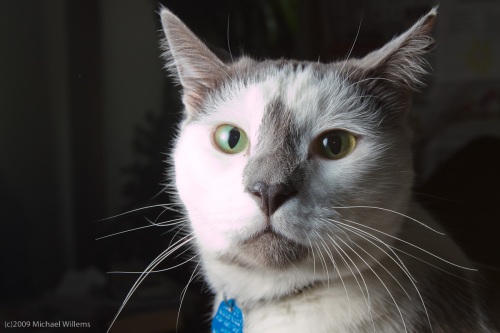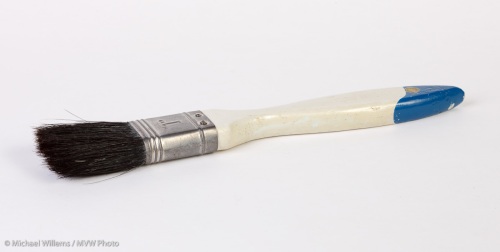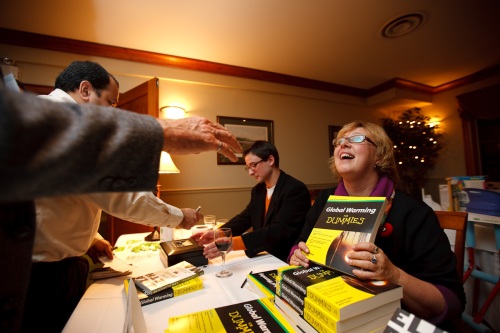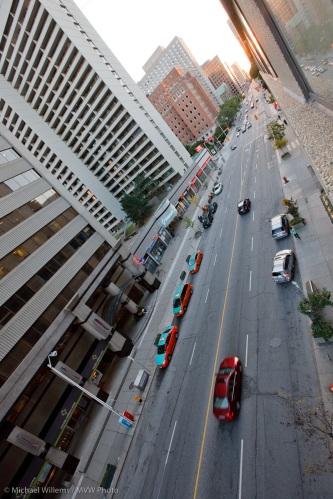Reader Len recently asked:
A while back you said “one major reason I bought a 7D: I can now, just like the Nikon users, drive my external flashes from the popup.” But your studio setup includes strobes (non Canon) plus two pocketwizards which are not cheap. Is this still your recommendation? Or would you now revise this to include Canon flashes driven by the popup flash and do away with the pocketwizards and strobes?
Good question. Yes, it is still my recommendation, but only to be flexible.
I have the speedlites (580exII, 3x 430EX) for reasons of portability, independence of power outlets, light weight, and TTL system flexibility. A speedlite (small flash) system like that is the first system I would recommend to anyone, and with the great range of Honl modifiers (snoots, grids, reflectors, gels etc) this gives me an incredible portable system. And it may be all you ever need. You can do studio work with this, for sure. And I often do.
But I still have my studio lights as well. Those are less essential: I could do it all with the small flashes. But the studio lights do give me benefits for typical studio use, such as:
- More power.
- No need to rely on batteries: they can stay on, ready to work always.
- Consistency. You use studio strobes (big, mains-powered flashes) in manual (not TTL) mode, and once set up in any given layout, and once metered, the light will be consistent always. In a studio, TTL is not necessarily a benefit: manual has the advantage of being predictable, independent of the subject, and consistent.
Len adds:
BTW, FlashZebra sells cheap (but good quality) 30ft extender cords that allow you to place your flash some distance from the camera and yet retain full ETTL functionality. That works perfectly for me, with a 50D, 580EX and 430EX flash. What’s the advantage of using strobes and pocketwizards? Is it just more power and no cables? Or am I missing something fundamental?
Yes, Pocketwizards free me from having to use cables. So it’s just that preference – indeed cables are a possibility, but whether in a studio or outdoors, I prefer to have fewer cables rather than more for people to trip over.
So all that said, I almost always use speedlites and TTL outdoors and on location, and my studio strobes and manual in a studio.











